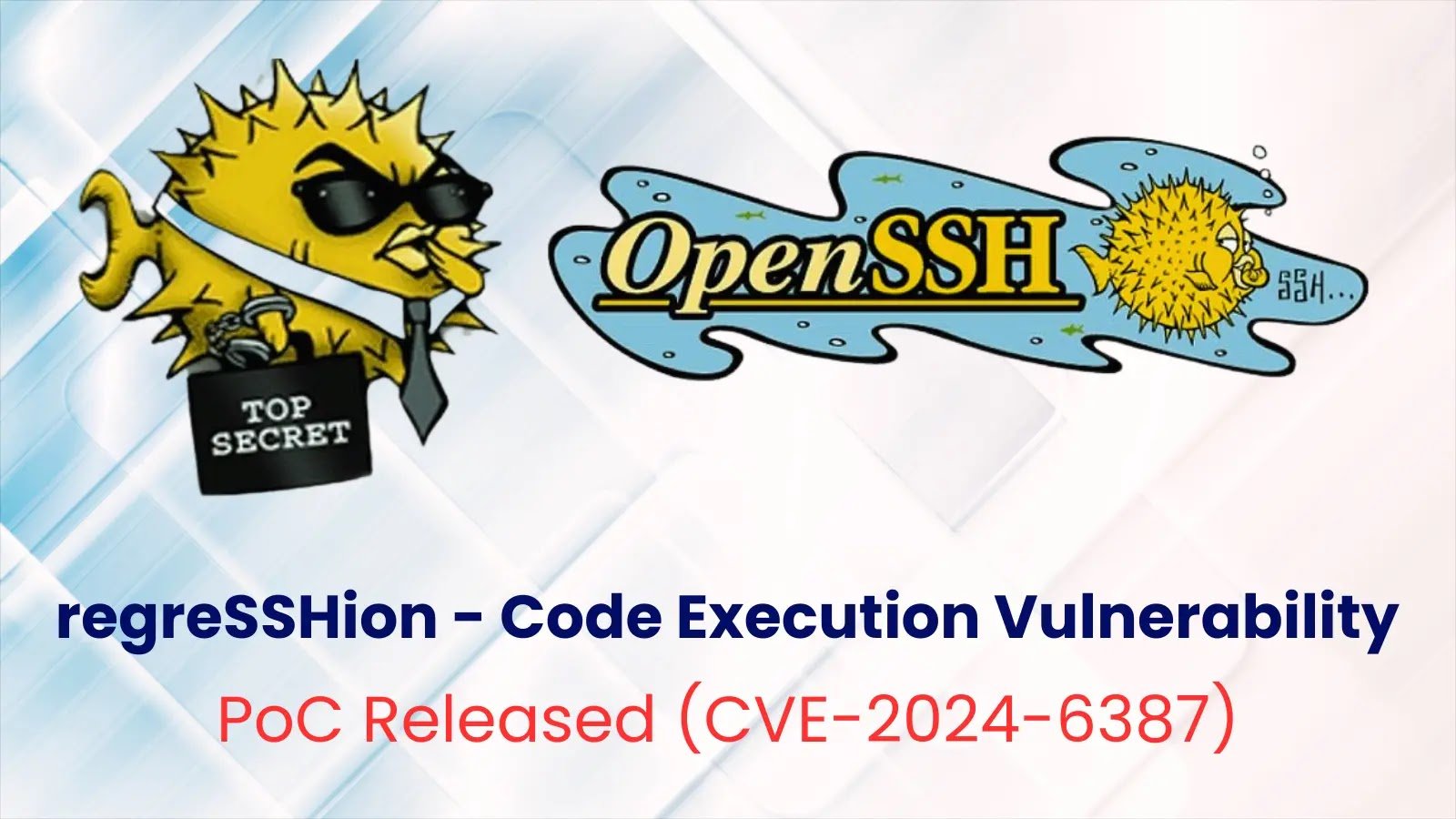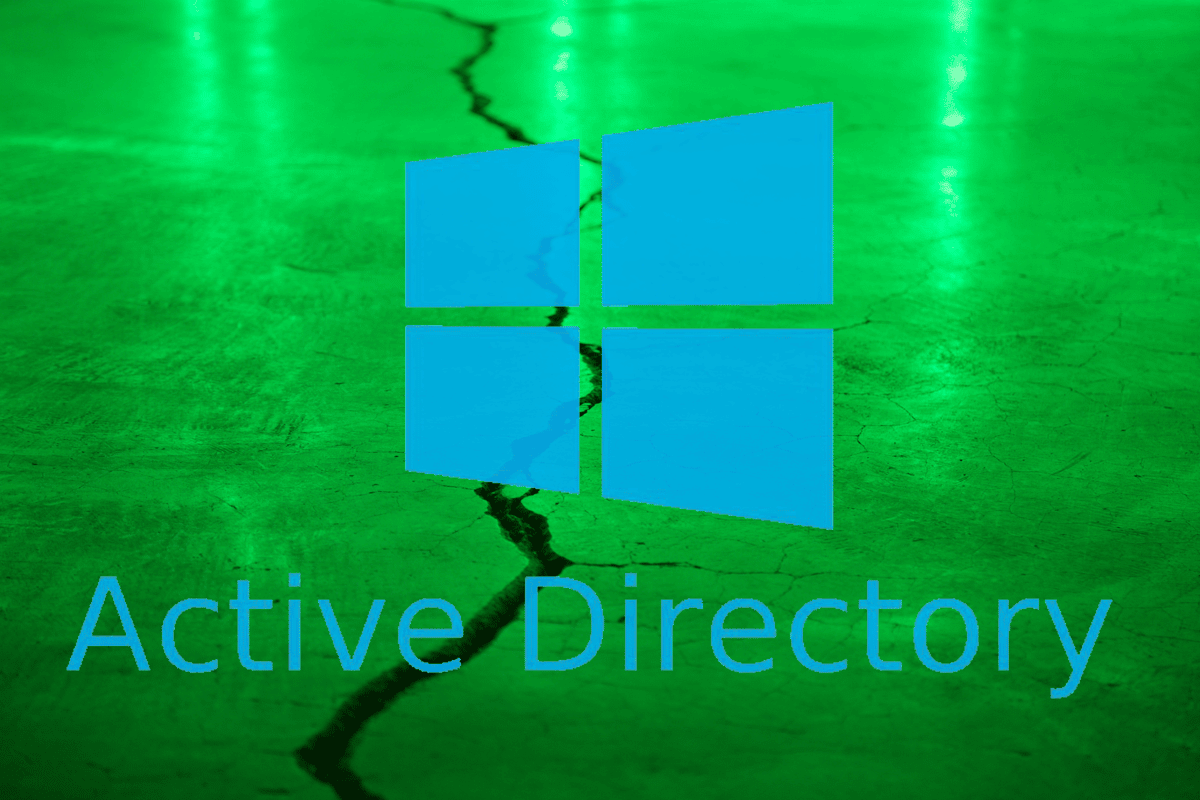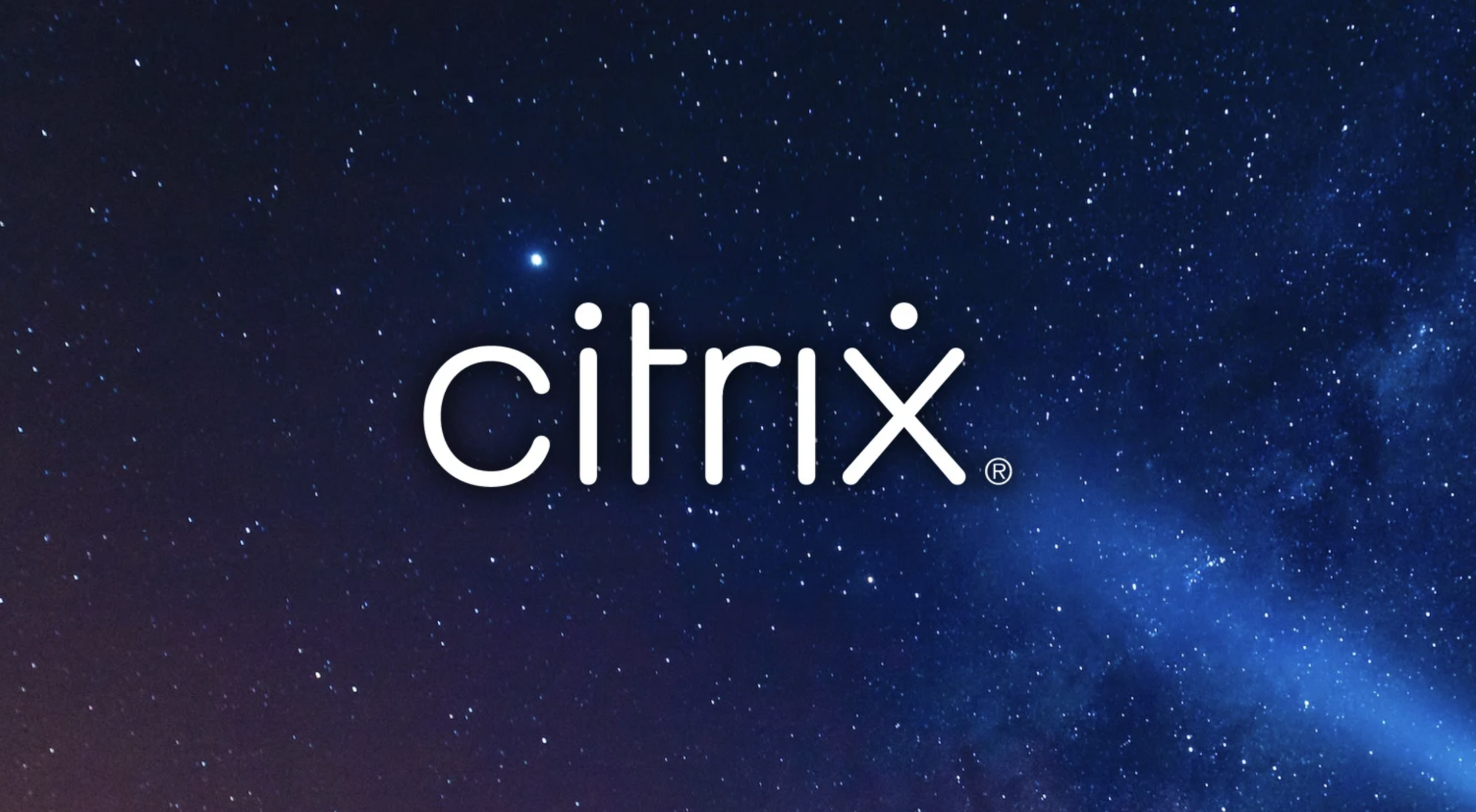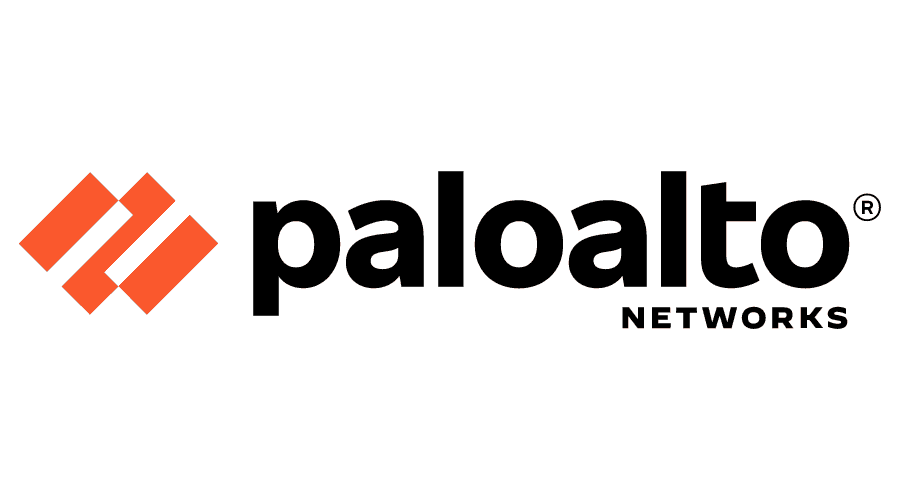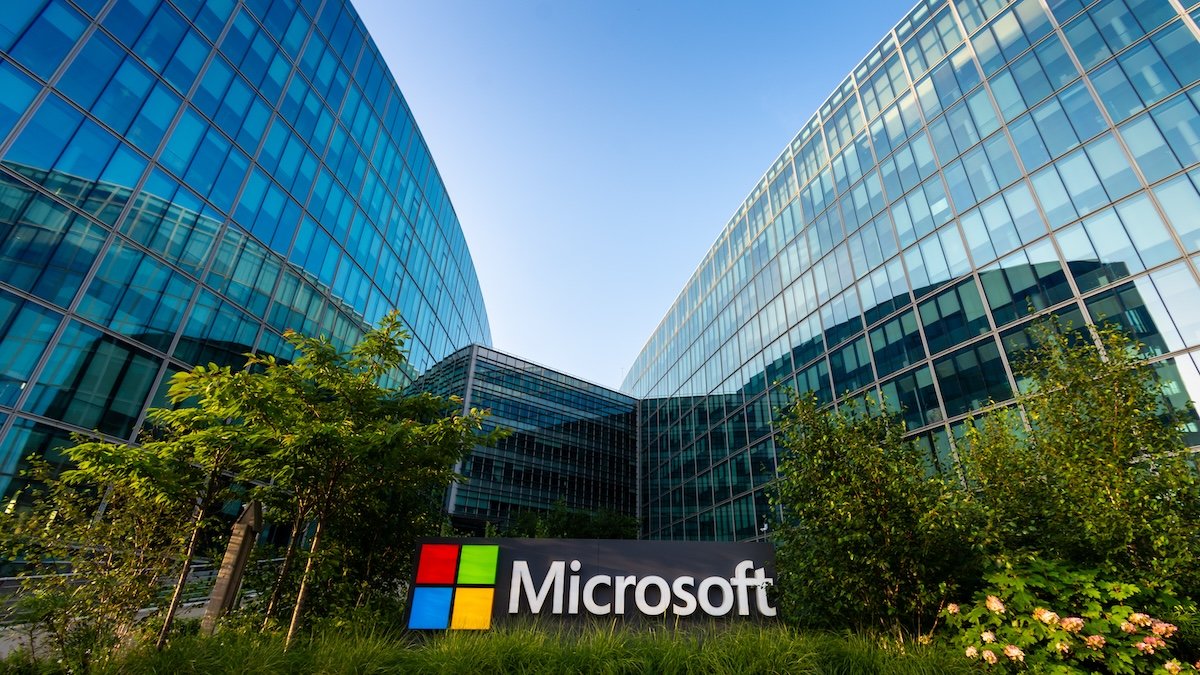CVE-2025-21333, CVE-2025-21334, CVE-2025-21335
A set of zero-day vulnerabilities have been identified in Microsoft Hyper-V, allowing attackers to escalate privileges and gain SYSTEM-level access. These flaws exist in the NT Kernel Integration Virtualization Service Provider (VSP) and impact multiple Windows Server and Windows desktop environments running Hyper-V.
Why is this critical? These vulnerabilities enable attackers to escape virtual machines (VMs) and execute malicious code on the host system, leading to potential lateral movement across networks. This poses a significant threat to enterprise environments leveraging Hyper-V for virtualization and cloud deployments.
Quick Facts
-
Impact: Full system compromise via privilege escalation.
-
Severity Level: Critical
-
CVSS Score: 9.8
-
Affected Systems:
-
Windows Server 2019
-
Windows Server 2022
-
Windows 10 & 11 (if Hyper-V is enabled)
-
-
Exploit Status: Active exploitation suspected; proof-of-concept (PoC) exploits available.
Shield53 Response
Shield53 has taken the following measures to mitigate risks for our customers:
-
IOC Sweeps & Threat Monitoring – Actively scanning for indicators of compromise within monitored environments.
-
Proactive Security Guidance – Issuing custom hardening recommendations for enterprise Hyper-V deployments.
-
Incident Response Readiness – Assisting organizations in identifying and responding to potential exploitation attempts.
Immediate Steps to Protect Your Systems
-
Apply Security Patches Immediately:
-
Microsoft has released patches as part of their January 2025 Patch Tuesday Update. Install them without delay.
-
-
Restrict Access to Hyper-V Management:
-
Limit access to only authorized administrators.
-
Use role-based access control (RBAC) to reduce exposure.
-
-
Monitor for Suspicious Activity:
-
Audit Windows Event Logs for unusual privilege escalation attempts.
-
Investigate unauthorized access to Hyper-V settings.
-
-
Disable Hyper-V if Unused:
-
If Hyper-V is not required, disable the feature to reduce attack surfaces.
-
-
Implement Network Segmentation:
-
Isolate virtualized workloads to prevent lateral movement in case of exploitation.
-
Key Takeaways
-
Patch Immediately to close known exploitation paths.
-
Monitor and Log Activities for unusual system behavior.
-
Enforce Strict Access Controls on virtualized environments.
-
Consider Disabling Hyper-V if not in use to reduce risk.
References
-
Microsoft Security Advisory
-
CVE-2025-21333, CVE-2025-21334, CVE-2025-21335 Analysis
-
Shield53 Threat Intelligence Reports
Shield53 remains committed to securing your enterprise against emerging threats. For customized mitigation strategies or further assistance, contact our security advisory team.





